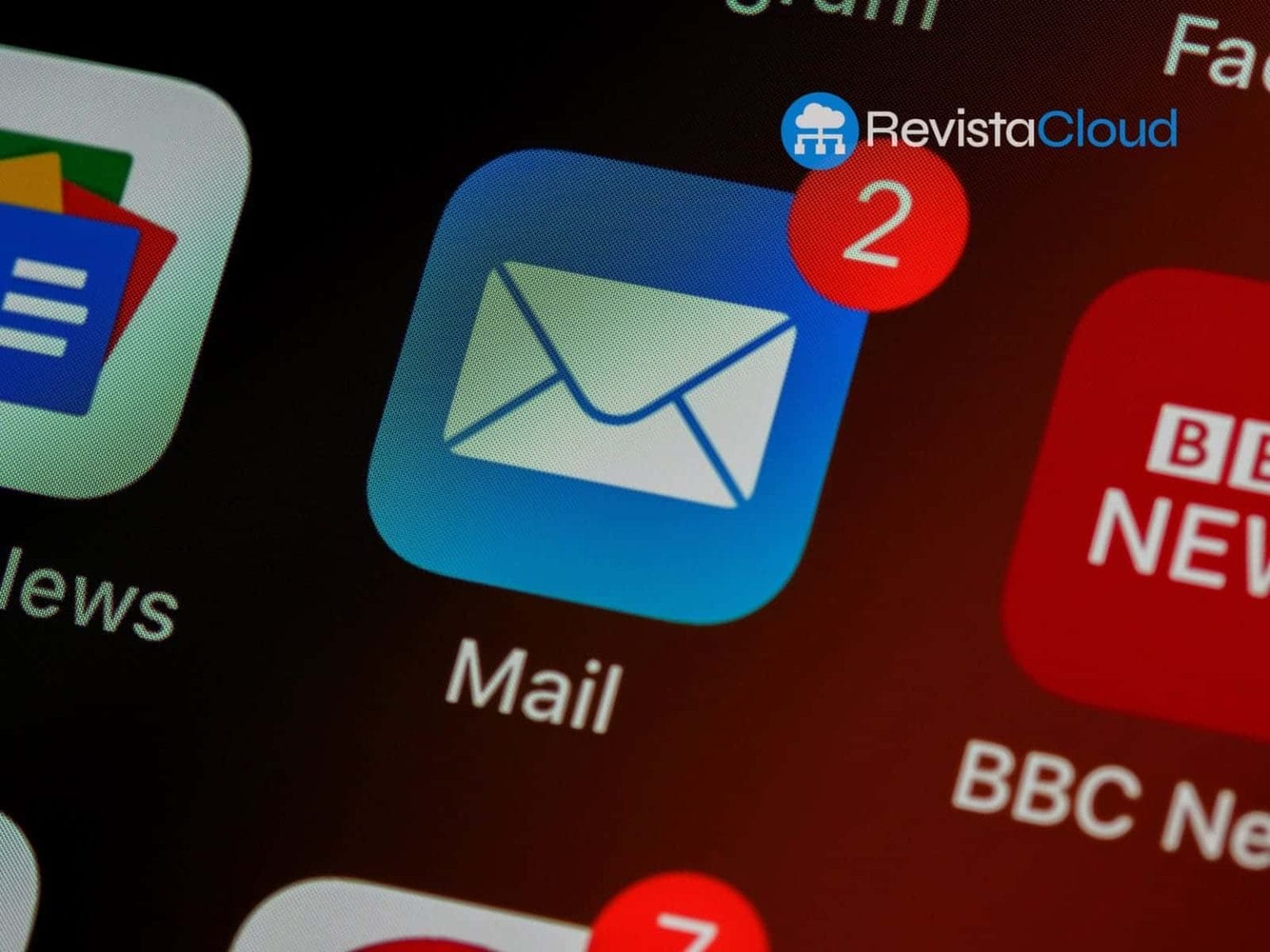Protection of personal and professional information is essential. Email encryption has become an indispensable tool to ensure the privacy and security of data. This article explains what email encryption is, how it works, and how to implement it in the most popular email services: Outlook, Gmail, iOS, and Yahoo.
What is email encryption?
Email encryption is a security measure that hides the content of messages so that only intended recipients can access them. This process converts readable text into an unreadable format for anyone who does not have the necessary key to decrypt it, thus protecting information during its transmission over public or insecure networks.
How does email encryption work?
Email encryption is based on the Public Key Infrastructure (PKI). This system uses two keys: a public key and a private key. The public key is used to encrypt the message, and the private key, only possessed by the recipient, is used to decrypt it. This way, anyone can encrypt an email, but only the recipient can read it.
Why is email encryption important?
Email encryption is crucial to protect confidential data and prevent information leaks. Both individuals and organizations use encryption to ensure the privacy of their communications. Additionally, in many cases, encryption is a legal requirement to comply with regulations such as the General Data Protection Regulation (GDPR) in Europe, the California Consumer Privacy Act (CCPA), and the Health Insurance Portability and Accountability Act (HIPAA) in the U.S.
Types of email encryption
Pretty Good Privacy (PGP): Uses digital signatures and file encryption techniques to protect email messages. It is one of the first publicly available public key cryptography solutions and is widely used.
Secure/Multipurpose Internet Mail Extensions (S/MIME): Provides functionality similar to PGP but requires obtaining keys through a Certificate Authority (CA). It is integrated into many email services such as Apple and Outlook.
Transport Layer Security (TLS): This protocol encrypts and securely sends email data between email servers, ensuring security during transmission.
How to encrypt emails in different services
Outlook:
Get a digital certificate or ID from your organization’s administrator.
Activate S/MIME encryption in S/MIME Settings.
Choose to encrypt all messages or individually from message options.
Gmail:
Enable S/MIME in Settings.
When composing an email, click on the lock icon next to the recipient.
Adjust encryption settings based on security levels (green for S/MIME, grey for TLS, red for unencrypted).
iOS:
Go to Advanced Settings and enable S/MIME.
Change “Encrypt by default” to yes.
When composing an email, click on the lock icon next to the recipient.
Yahoo: Yahoo does not have built-in support for S/MIME, so a third-party tool like ProtonMail, Ciphermail, Virtru, or Mailvelope is needed to encrypt emails.
Third-party email encryption services
ProtonMail: Offers end-to-end encryption and is compatible with PGP.
Ciphermail: Supports S/MIME, OpenPGP, TLS, and PDF, popular on Android devices.
Virtru: Compatible with Gmail, Outlook, Hotmail, and Yahoo.
Mailvelope: OpenPGP encryption service compatible with various webmail services.
Best practices for email security
Scan attachments before opening them, especially from unknown senders.
Avoid clicking on unknown links to prevent phishing.
Use BCC when sending emails to multiple recipients.
Use strong passwords combining letters, numbers, and symbols.
Consider using a VPN, especially on public Wi-Fi networks.
Use a good antivirus to protect against the latest online threats.
In conclusion, email encryption is an essential measure to protect sensitive information. Implementing it in services like Outlook, Gmail, iOS, and Yahoo can significantly enhance the security of digital communications.

